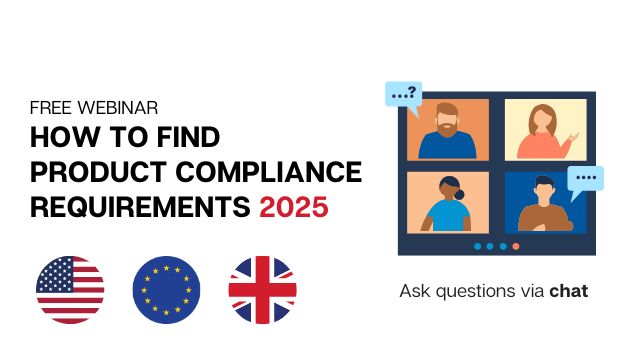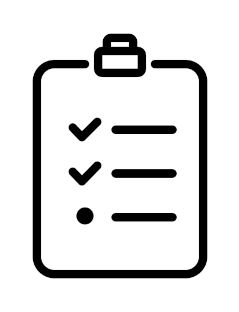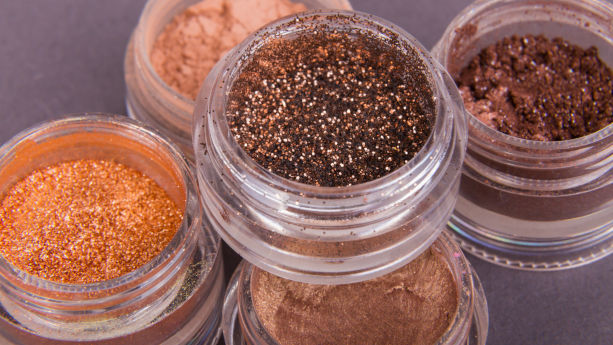
Before a cosmetic product is placed in the EU market, a safety assessment of the cosmetic product must be conducted and a cosmetic product safety report drafted.
Some cosmetics testing companies can help in performing the necessary testing to verify that your product doesn’t contain banned substances – and compiling the documents needed to create the cosmetic product safety report.
In this article, we list companies that claim to have lab testing facilities in the EU and provide testing services for cosmetic products according to the provisions in the Cosmetic Products Regulation.
Continue reading Cosmetic Testing Companies in the European Union




























